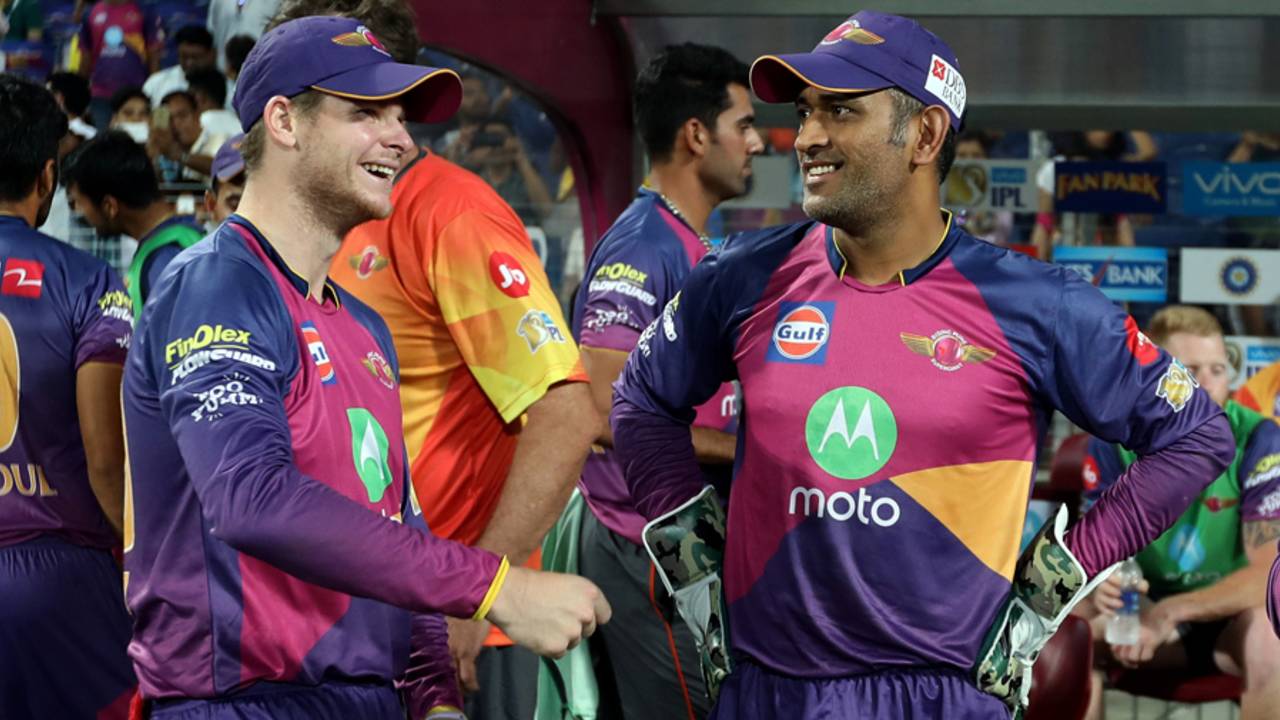Supergiant missteps
Should Tahir bowl more in the Powerplay? And should Pune look to top up their bowling resources? Aakash Chopra answers these questions and more
Rising Pune are not short on batting talent, yet they chose to replace key allrounder Ben Stokes with Faf du Plessis • BCCI
If you were to pick Rising Pune Supergiant's strength, it will be their batting. They are so well stocked that Manoj Tiwary, who has the highest strike-rate in the team, has just not been able to play enough balls.
When a team has only two fast bowlers, the captain will have a lot of manipulating to do. Ideally, he can use three overs of pace in the Powerplay and keep five handy for the rest of the innings. Gautam Gambhir, though, has taken a different path. He let Chris Woakes, Umesh Yadav and Narine - three of his best bowlers - bowl two overs each in the Poweplay. While it did not cost KKR against Pune, it could still lead to a situation where they might not be able to attack in the middle overs as much as they used to.
It was brave of Gambhir to give the 18th over to Kuldeep Yadav. The left-arm wristspinner had conceded 11 runs in his last over, which included a short ball that MS Dhoni pulled for six.
Even though Tiwary scored only 1 off 2 balls, the move to send him ahead of two overseas recruits was the right decision. Tiwary has been Rising Pune's best batsman in the end overs and T20 cricket is about form over reputation.
Washington Sundar is a batsman who bowls a bit of offspin and yet he only went for 45 runs in seven overs against Sunrisers Hyderabad and Mumbai Indians. This was largely because he bowled quick, flat and maintained really tight lines. To dominate bowlers like Sundar, a batsman has to go aerial without using his feet. Gambhir profited by cutting and driving, and Uthappa used his power, staying in his crease and lofting Sundar down the ground for back-to-back sixes.
Imran Tahir has only bowled three overs in the Powerplay in this IPL. While he has been economical and has picked up wickets in the middle overs, it is a little surprising that Rising Pune aren't using him in the most difficult phase of a T20 innings. One could understand the thought process if the team has many outstanding bowling options but that is not the case.
Aakash Chopra is the author of three books, the latest of which is The Insider: Decoding the craft of cricket. @cricketaakash
